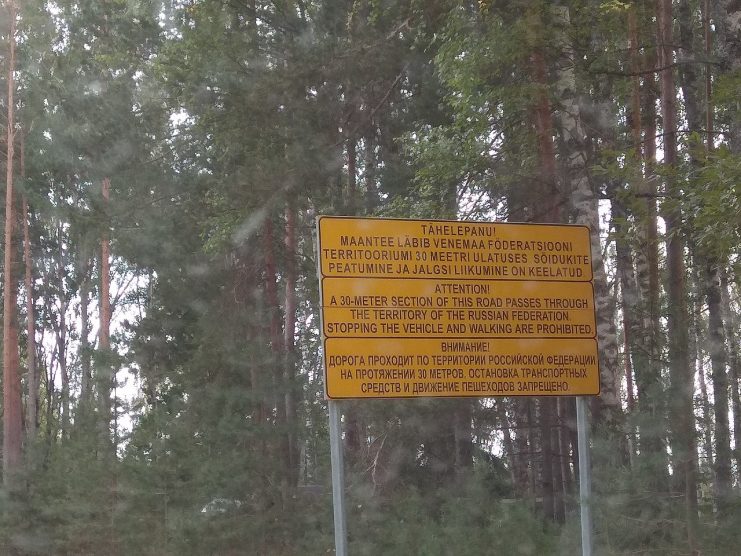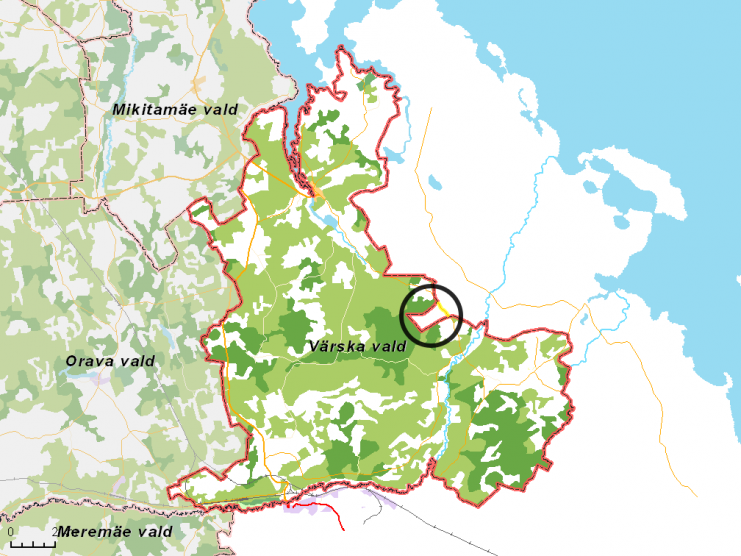It is said that the most common complaint between neighbours and the one issue most likely to lead to a falling out, especially in the leafy suburbs, is the question of where the legal line is drawn which distinguishes one plot from another.
At a local level this question has been providing daily bread for legal offices for decades, and once convivial neighbourly relations deteriorating.
If we scale it up to an International level it is easy to acknowledge that the fall-out from such a dispute can be much more serious, especially if you are dealing with a territoriality sensitive behemoth such as the Russian Federation.
In 2014, when it annexed The Crimean Peninsula, Russia used a referendum in the territory to ‘legalize’ the incorporation of the new Republic of Crimea into the Federation.
The justification for such action was that the population ‘felt more Russian than Ukrainian’, and this has echoes for other border populations.
Before Perestroika and the dismantling of the former USSR, many borders with Baltic states in particular were porous, with the result that a number of new European countries have significant Russian populations.

The legacy of this porosity is visible in a quite peculiar way in the forests of Estonia. There is one road in particular which passes through just thirty metres of Russian territory. The Federation has erected border fence posts with double-headed eagle insignia which mark out the area, a rough half-circle bounded by a muddy track.
Rather than follow the track the road has simply cut through the area in a straight line.
In the twentieth century, when the USSR was dominant in the region this would not have been a problem. These days there are signs warning would-be travellers that should they wish to use the road they must not stop within this thirty-metre section, nor pass through on foot.
Estonia became independent in 1991, and since then the border road has become something of an irritation for the authorities.
The tiny triangle is patrolled by border guards from both nations who are determined to ensure that the international agreement in regard to the use of the road is upheld.
The road has another border anomaly which has its beginnings in 1944 when Stalin captured Estonia from the Nazis and redrew the boundary.
The kilometre of road, known locally as ‘Saatse Boot’ is near the village of Popovitsa where it is said that one local farmer opted to keep his farm in Russia when the area was being surveyed by Stalin’s authorities.
In 1944 this was of little consequence, and indeed international boundaries were of interest only to politicians and those that imposed trade levies and were not the concern of small farmers and foresters of the wooded Baltic regions.
These days, however, should you show too much interest in the border anomalies at Popovitsa, expect to be stopped and asked for your papers.

A new road was proposed that would render the situation an historical aberration, but opponents pointed out that it entailed a twelve mile diversion, and so it continues to be one place in the world where a traveller can enter The Russian Federation sans visa, sans official personal clearance, as long as they remain in a moving vehicle at all times.
It has since become a minor tourist attraction, with internet interest credited with boosting visitor numbers and likely fending off boredom for the border guards sent to ensure security.
New Zealand journalist and photographer Amos Chapple from Radio Free Europe visited recently and confirmed that the guards are ready to issue fines to people who ignore the rules and stop to take a selfie for their social media buddies.
Another Article From Us: Map Plots 30,000 Luftwaffe Air Raids on The UK During WW2
“When you’re driving through that lonely forest you know you’re being watched, but you can’t see anyone. It gives the place a really spooky vibe.” Said Chapple of his visit.
